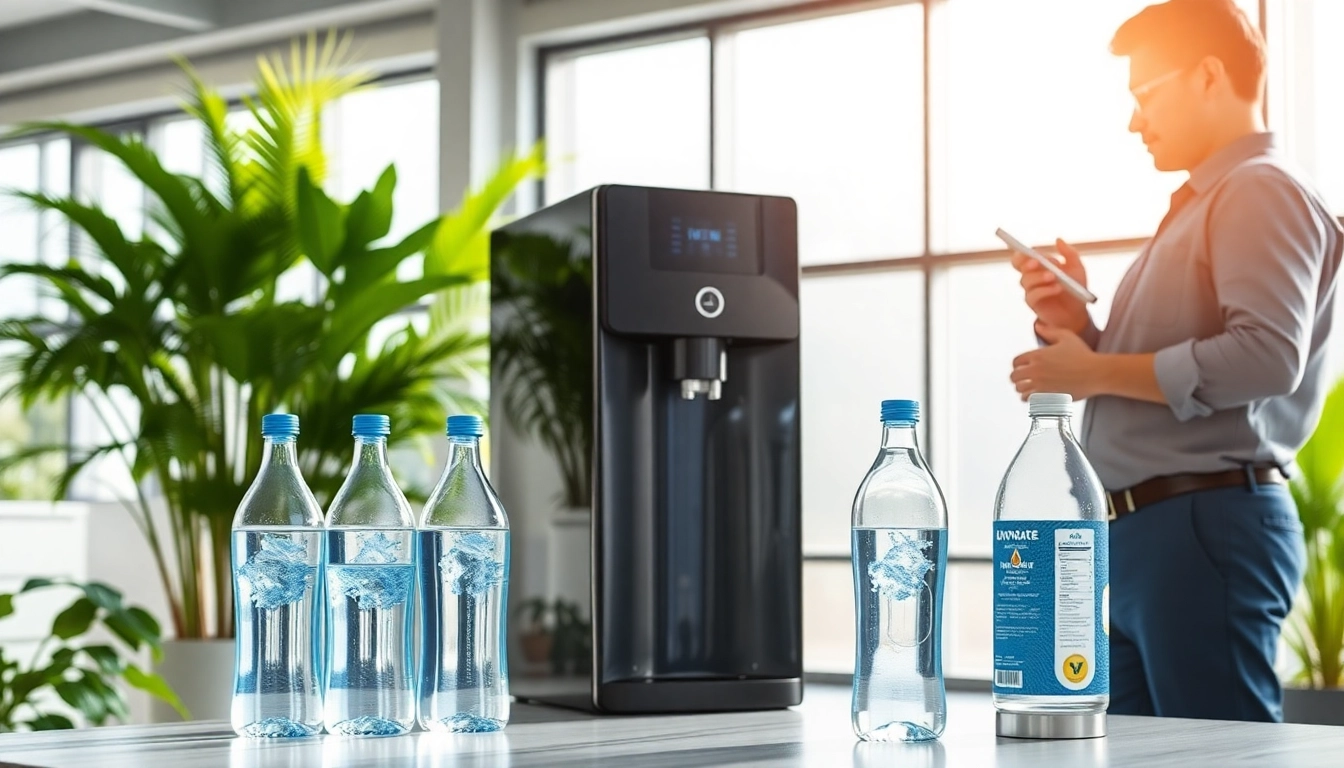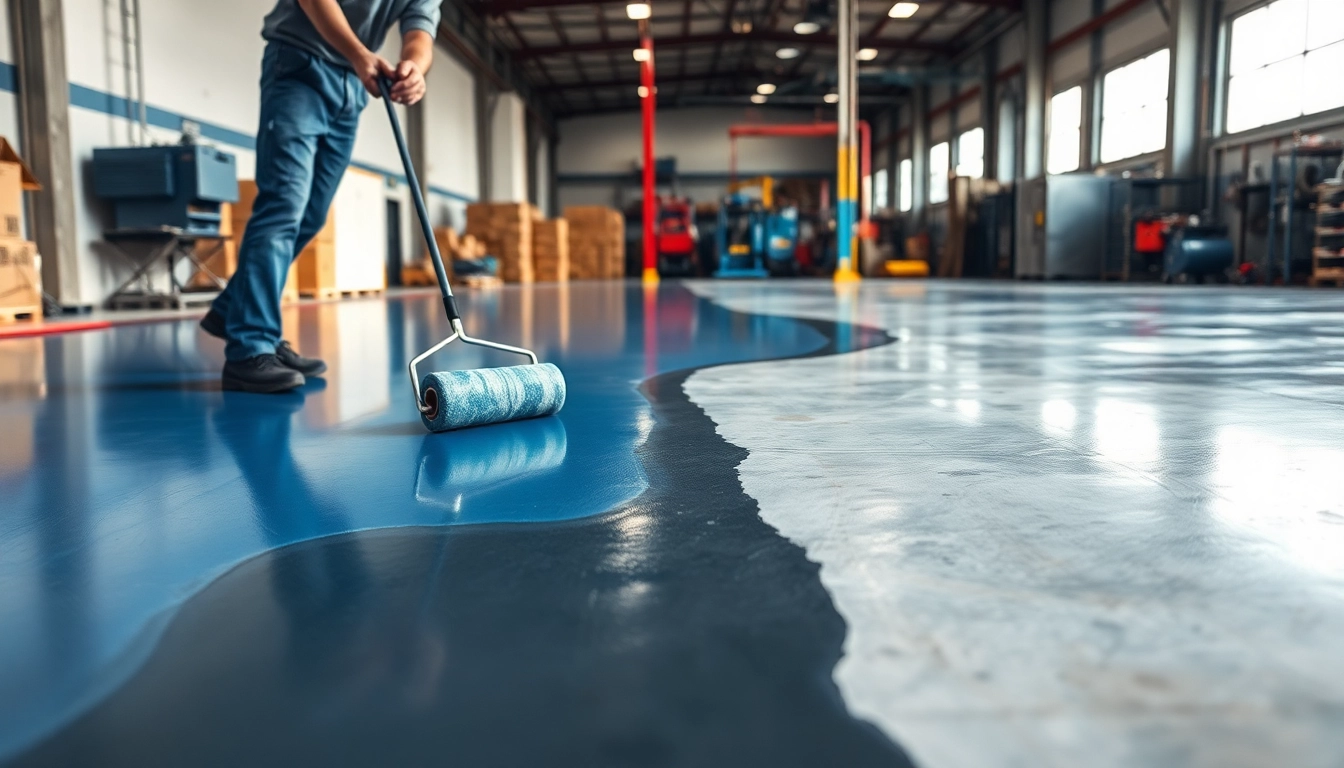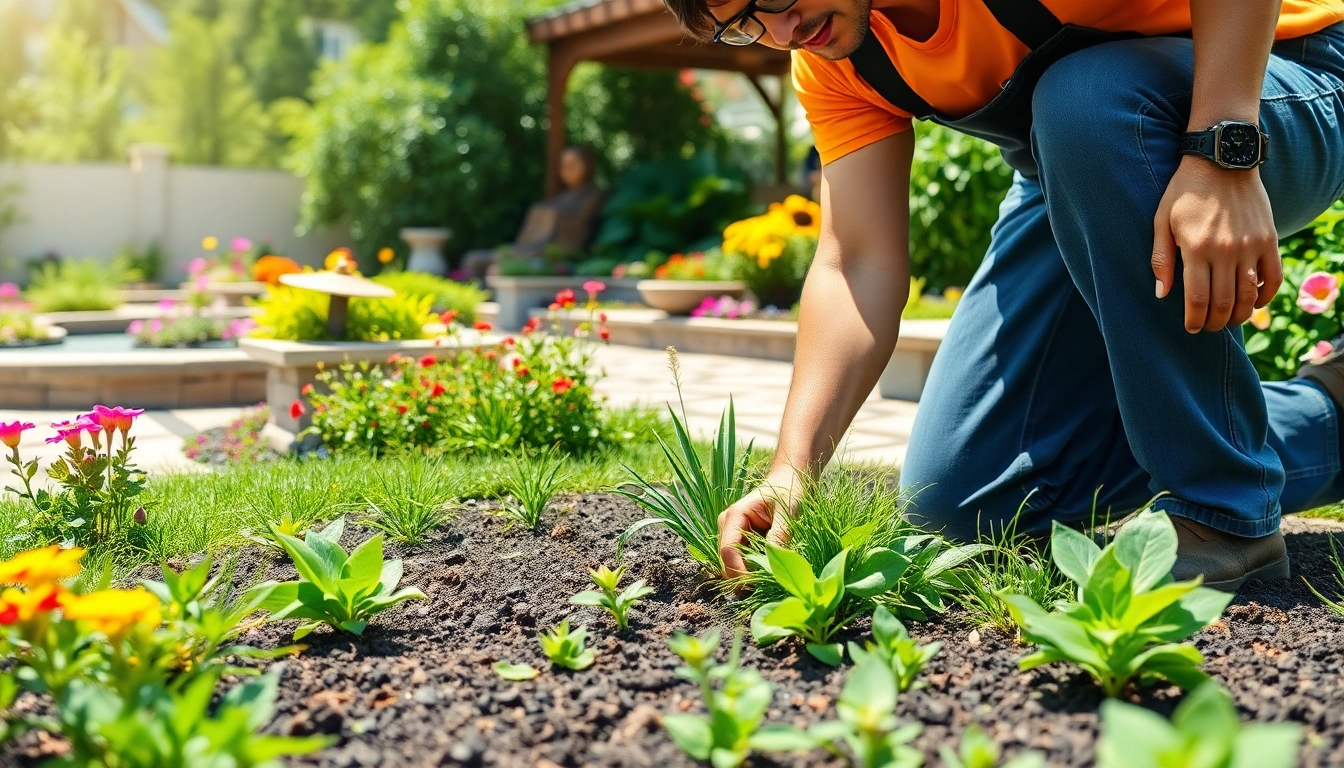Understanding Window Cleaning Basics
Window cleaning is a vital aspect of maintaining aesthetics and functionality in both residential and commercial properties. While it might seem straightforward, understanding the nuances of window cleaning can significantly improve the effectiveness of the process and enhance the longevity of the windows. In this comprehensive guide, we’ll cover everything you need to know about window cleaning, from basic concepts to advanced techniques.
What is Window Cleaning?
Window cleaning, or window washing, refers to the process of cleaning architectural glass that serves functional and decorative purposes in buildings. This task is essential not only for aesthetic reasons but also for the practical upkeep of windows, ensuring they are free from dirt, grime, and other contaminants.
Importance of Window Cleaning
Regular window cleaning is crucial for several reasons:
- Aesthetic Appeal: Clean windows enhance the appearance of a property, increasing its curb appeal.
- Natural Light: Dirty windows obstruct sunlight, thus affecting the ambiance of indoor spaces.
- Property Value: Maintaining clean windows can contribute to higher property value and appeal during sales.
- Prevent Damage: Over time, dirt and grime can cause irreversible damage to window glass and frames, leading to costly repairs.
Tools and Equipment for Window Cleaning
Having the right tools can make a significant difference in the efficiency and effectiveness of your window cleaning efforts. Essential tools include:
- Squeegee: A high-quality squeegee is essential for removing water and cleaning solution from glass.
- Bucket: A sturdy bucket for holding cleaning solutions is necessary.
- Scrubber: A scrubber helps in applying cleaning solutions effectively on the window surface.
- Extension Pole: Useful for reaching high windows safely without needing a ladder.
- Microfiber Cloths: Ideal for wiping down edges and any leftover marks.
Essential Steps for Effective Window Cleaning
Preparation and Safety Measures
Preparation is critical for efficient window cleaning. Follow these steps for a safe and effective process:
- Check the Weather: Ideally, choose a cloudy day for window cleaning to prevent streaking.
- Gather Tools: Ensure you have all your cleaning materials ready before starting.
- Wear Safety Gear: Gloves and possibly goggles should be worn, especially when dealing with chemicals.
- Set Up an Access Ladder: If using a ladder, ensure it is stable and positioned on level ground.
Techniques for the Interior Windows
Cleaning interior windows can be a straightforward process if approached methodically:
- Start by removing any dust or dirt from the window frame and sill.
- Mix a solution of water and a few drops of dish soap in a bucket.
- Dip a scrubber into the solution and apply it generously to the glass.
- Use the squeegee from top to bottom, wiping the blade with a microfiber cloth between strokes.
- Finally, use a dry microfiber cloth to clean any residual water from the frame and sill.
Methods for Exterior Window Cleaning
Exterior windows require a slightly different approach due to exposure to environmental elements:
- Start by rinsing the window with plain water to remove loose dirt.
- Use the scrubber with a cleaning solution to tackle persistent grime.
- For high windows, extend your reach with a cleaning pole and apply the squeegee technique.
- Ensure no streaks remain by using squeegee wipes or microfiber cloths.
Choosing Eco-Friendly Solutions for Window Cleaning
Benefits of Green Cleaning Products
Incorporating eco-friendly cleaning solutions not only benefits the environment but also contributes to healthier indoor air quality. Benefits include:
- Reduced Chemical Exposure: Eco-friendly products minimize harmful exposures for you and your family.
- Safer for the Environment: These products break down more easily and do not pollute water systems.
- Non-toxic Options: Many green solutions utilize natural ingredients that are safer to use around children and pets.
Homemade Window Cleaning Solutions
Creating a homemade window cleaning solution is simple and cost-effective. Here’s a popular recipe:
- Vinegar Solution: Mix one part vinegar with one part water in a spray bottle for an effective cleaning agent.
- Lemon Juice: Combine lemon juice with water for a fresh scent and added cleaning power.
Tips to Minimize Chemical Use
To further reduce the use of chemicals while cleaning windows, consider these tips:
- Regular Maintenance: Frequent cleaning reduces the buildup of dirt, lessening the need for strong chemicals.
- Pre-soaking: Soaking the windows with plain water before scrubbing can help loosen debris.
- Experimenting with Natural Alternatives: Test various natural ingredients like baking soda or cornstarch that can aid in cleaning.
Common Challenges in Window Cleaning
Dealing with Tough Stains and Grime
Persistent stains such as bird droppings or hard water deposits can pose a challenge. Here’s how to tackle them:
- Soak Stains: Apply a vinegar or specialized cleaning solution to the affected area and let it sit for a few minutes.
- Scrub Gently: Use a non-abrasive scrubber to remove the stains without scratching the glass.
- Rinse Thoroughly: Ensure all cleaner is washed away to prevent residue accumulation.
Safety Concerns with Height and Access
Cleaning windows at great heights introduces safety risks. To mitigate these:
- Use Proper Equipment: Ladders and scaffolding should be rated for the weight and height required.
- Work with a Partner: Having someone assist you can provide an extra layer of safety.
- Consider Professional Help: For very high windows, hiring a professional might be the safest approach.
Time Management During Window Cleaning
Managing time efficiently during the cleaning process can enhance productivity. Some strategies include:
- Create a Schedule: Determine the best times for cleaning during the year to avoid excessive dirt buildup.
- Prioritize Windows: Identify which windows require more attention and focus on them first.
- Allow for Drying Time: Plan accordingly to ensure windows have time to dry thoroughly without streaks.
Maintaining Windows Between Cleanings
Regular Maintenance Tips for Window Cleaning
To keep windows in optimal condition between professional cleanings, adopt these maintenance practices:
- Regular Dusting: Use a microfiber cloth or duster to remove dust from window frames and sill regularly.
- Quick Spot Cleaning: Address spots immediately to prevent them from drying and becoming more difficult to clean.
- Inspect for Damage: Regularly check for cracks or damage that may need urgent repair.
When to Schedule Professional Window Cleaning
While regular maintenance is vital, there are times when professional window cleaning is advisable:
- After Severe Weather: Heavy storms can leave windows dirty and may require professional tools for thorough cleaning.
- Infrequent Cleanings: If you rarely clean your windows, scheduling professional help can ensure they are adequately maintained.
- For High-Rise Buildings: Professionals are often better equipped to handle the logistics of very tall buildings safely.
Signs Your Windows Need Urgent Attention
Be vigilant about the condition of your windows. Address these signs quickly:
- Visible Damage: Cracks, chips, or fogging between panes indicate a need for urgent repair.
- Excessive Dirt Build-Up: If dust and dirt are obstructing your view significantly, it may be time to clean.
- Water Spots or Stains: Persistent water stains can be a sign of underlying issues that need to be inspected.














Leave a Reply